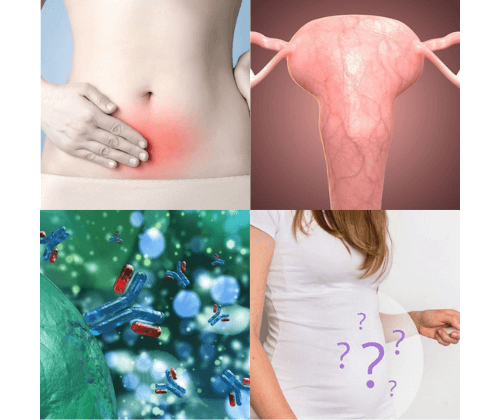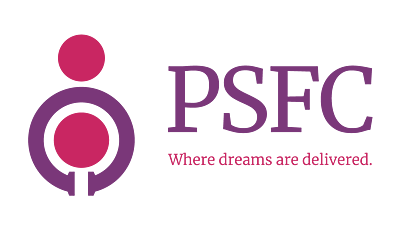Best IVF Centre in Chennai
What is IVF? And why do you need IVF?
IVF is one of the most successful treatment options for managing infertility, regardless of its cause. Doctors collect developing eggs from a woman’s ovaries to create an embryo. Then, in the laboratory, the embryologists will fertilize the collected eggs with sperm from the partner or a donor.
The embryos will grow in special incubators for around three to five days, after which one or more will be transferred into the woman’s uterus using a simple technique. Embryos will attach to the uterine a few days after the transfer.
Ten days later, a blood pregnancy test will be taken to check whether the process works (i.e., pregnant or not). You may need to undergo multiple cycles to increase your pregnancy chances.
Know more about the best IVF centre in Chennai and their procedures for future reference.
Who will benefit from the IVF treatment?
Not all age groups and others fall under the IVF treatment category. However, there are a few requirements needed to reach the IVF clinic in Chennai.
- Women who have blockages in their fallopian tubes
- Women who have had a tubal ligation or their tubes removed
- Women who don’t ovulate on their own
- Women who don’t respond to ovulation-stimulating medication
- Men who have had a vasectomy and sperm abnormalities
- Couples with unexplained infertility
- Same sex female couples who both want to participate in the pregnancy journey
- Couples who have exhausted all other treatment options

The facts and information about IVF are enormous. To cut to the chase, learn about IVF from our booklet.
Our success story
We are the leading IVF centre in Chennai

